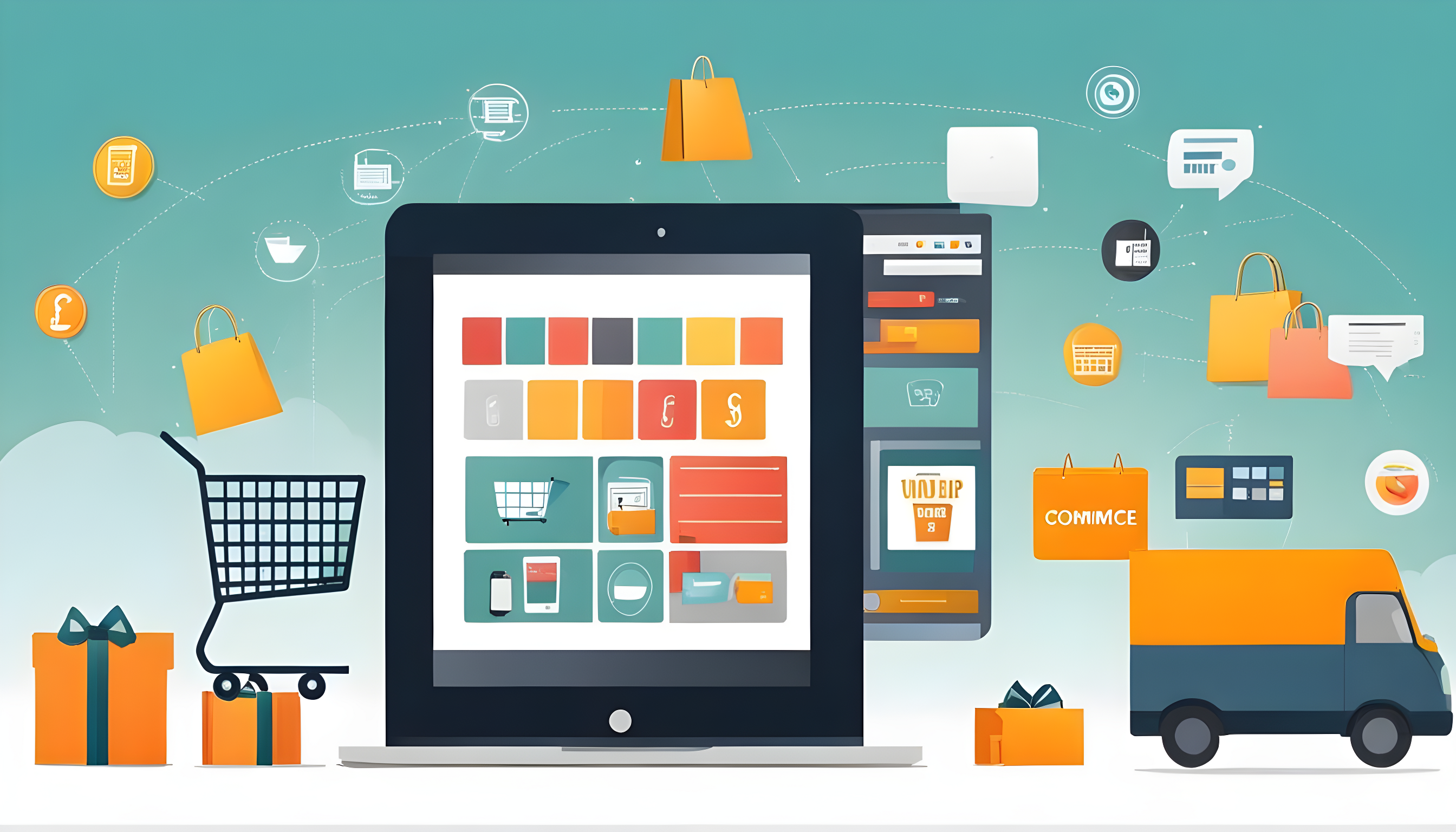Building a successful e-commerce business is a complex and multifaceted endeavor that involves various aspects, from planning and product selection to marketing and customer service.
1. Market Research :
- Keyword Research: In-depth keyword research helps you understand the language your potential customers use to find products. Use tools like Google Keyword Planner and search data to identify high-traffic keywords related to your products.
- Customer Personas: Creating detailed customer personas involves not just demographics but also understanding their pain points, goals, and online behaviors. Conduct surveys or interviews to gather this information.
2. E-Commerce Business Plan :
- Financial Plan: Your financial plan should include not just startup costs but also a projection of ongoing expenses and anticipated revenue. It’s essential for securing funding and ensuring sustainable growth.
- Supply Chain Strategy: Outline how you’ll source, manage, and fulfill inventory. This includes decisions on inventory levels, suppliers, and order fulfillment processes.
3. E-Commerce Legal and Compliance:
- Business Structure: Choose a legal structure for your business, such as an LLC, sole proprietorship, or corporation. This decision affects your liability and taxes.
- Terms and Policies: Besides legal requirements, clear and transparent terms and policies help build trust with customers. Consult with legal experts to ensure you’re compliant with e-commerce laws in your region.
- Register your e-commerce business with the appropriate government authorities (e.g., LLC, sole proprietorship).
- Secure all necessary permits and licenses based on your location and industry.
- Create and display clear terms and conditions, privacy policy, and refund policies on your website.
4. Product Selection in Ecommerce:
- Evaluate product demand and profitability by analyzing historical sales data.
- Test potential products through drop shipping or print-on-demand services before committing to bulk orders.
- Conduct quality assurance checks on products to ensure consistency and reliability.
- Demand Analysis: Beyond just identifying demand, analyze market trends, seasonality, and competitor offerings to ensure your product selection remains relevant.
- Quality Assurance: Establish a robust quality control process to maintain consistent product quality and minimize returns or refunds.
5. Website Development:
- Choose a hosting provider that offers fast loading times and minimal downtime.
- Optimize the website structure for easy navigation, with clear categories and filters.
- Implement secure sockets layer (SSL) encryption to protect customer data.
6. Content Creation:
- Write unique and compelling product descriptions that highlight benefits and features.
- Create video content showcasing product usage and benefits.
- Regularly update your blog with industry-related content to establish authority and improve SEO.
7. Inventory and Fulfillment:
- Invest in inventory management software that tracks stock levels in real-time.
- Implement barcoding or RFID systems for accurate inventory tracking.
- Inventory Management: Utilize inventory management software to monitor stock levels in real-time and automate reorder processes.
- Third-Party Logistics: Consider third-party logistics providers for efficient order fulfillment and shipping If needed, outsource order fulfillment to third-party logistics providers to streamline your operations and minimize shipping errors.
8. Marketing Strategy:
- Leverage social media advertising, targeting specific demographics and interests.
- Implement email marketing automation to nurture leads and recover abandoned carts.
- A/B test ad creatives, copy, and landing pages for optimization.
9. Customer Service:
- Train customer support staff to provide consistent and helpful assistance.
- Use chatbots or AI-powered customer support tools for immediate responses.
- Address customer inquiries promptly and professionally.
10. Analytics and Optimization:
- Data Analysis: Regularly analyze data from tools like Google Analytics, A/B testing, and heatmaps to identify areas of improvement.
- A/B Testing: Continuously run A/B tests on your website, including elements like headlines, visuals, and calls to action, to optimize for conversions.
11. Scaling:
- As you grow, consider investing in more robust
 platforms or custom solutions.
platforms or custom solutions. - Explore international expansion, either through localized sites or cross-border shipping.
- Look into potential partnerships or collaborations to reach new audiences.
12. Adaptability:
- Stay informed about emerging technologies and trends in e-commerce, such as voice search and AR/VR.
- Regularly analyze and act on customer feedback to improve your processes and product offerings.
13. Brand Building:
- Develop a brand style guide to ensure consistency in visuals, messaging, and tone.
- Invest in professional logo and branding design to create a memorable and recognizable brand.
14. Sustainability and Ethics:
- Source products and materials from ethical and sustainable suppliers.
- Communicate your commitment to sustainability through product labeling and marketing.
- Consider carbon offset programs and eco-friendly packaging.
15. Financial Management:
- Create a robust financial management system that tracks expenses, revenue, and profitability.
- Monitor key financial ratios like the Gross Margin, Net Profit Margin, and Return on Investment (ROI).
- Regularly review and adjust pricing based on costs, competition, and market demand.
Remember that building a successful e-commerce business is an ongoing process. Continuously analyze data, adapt to market changes, and actively engage with your audience to maintain and grow your business successfully.







